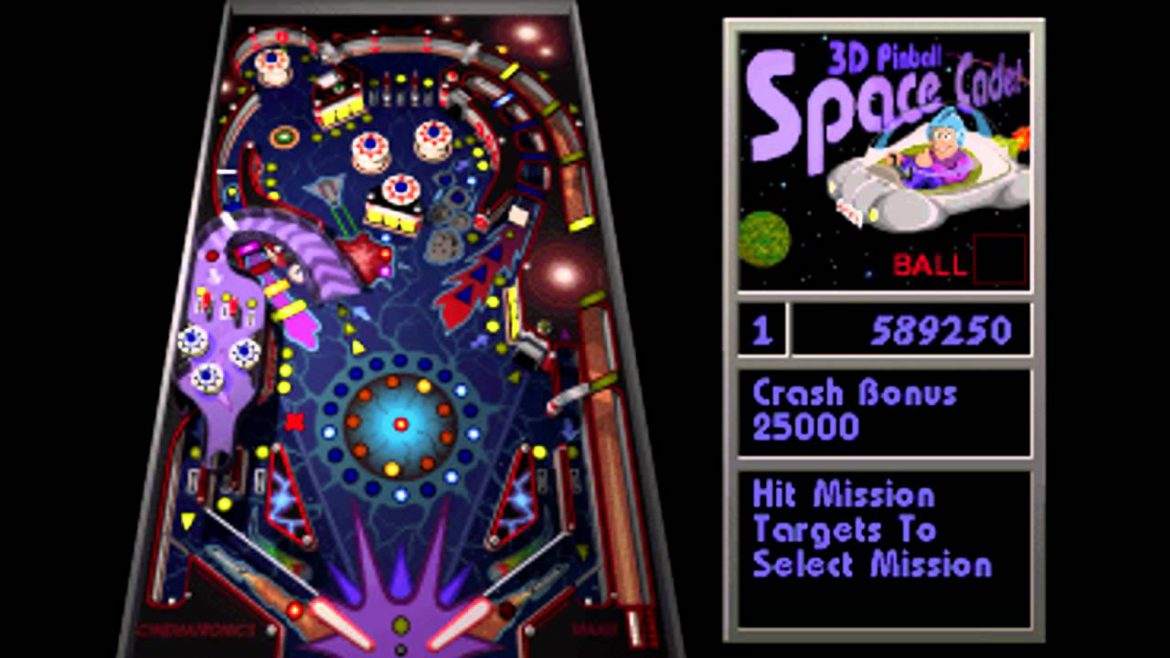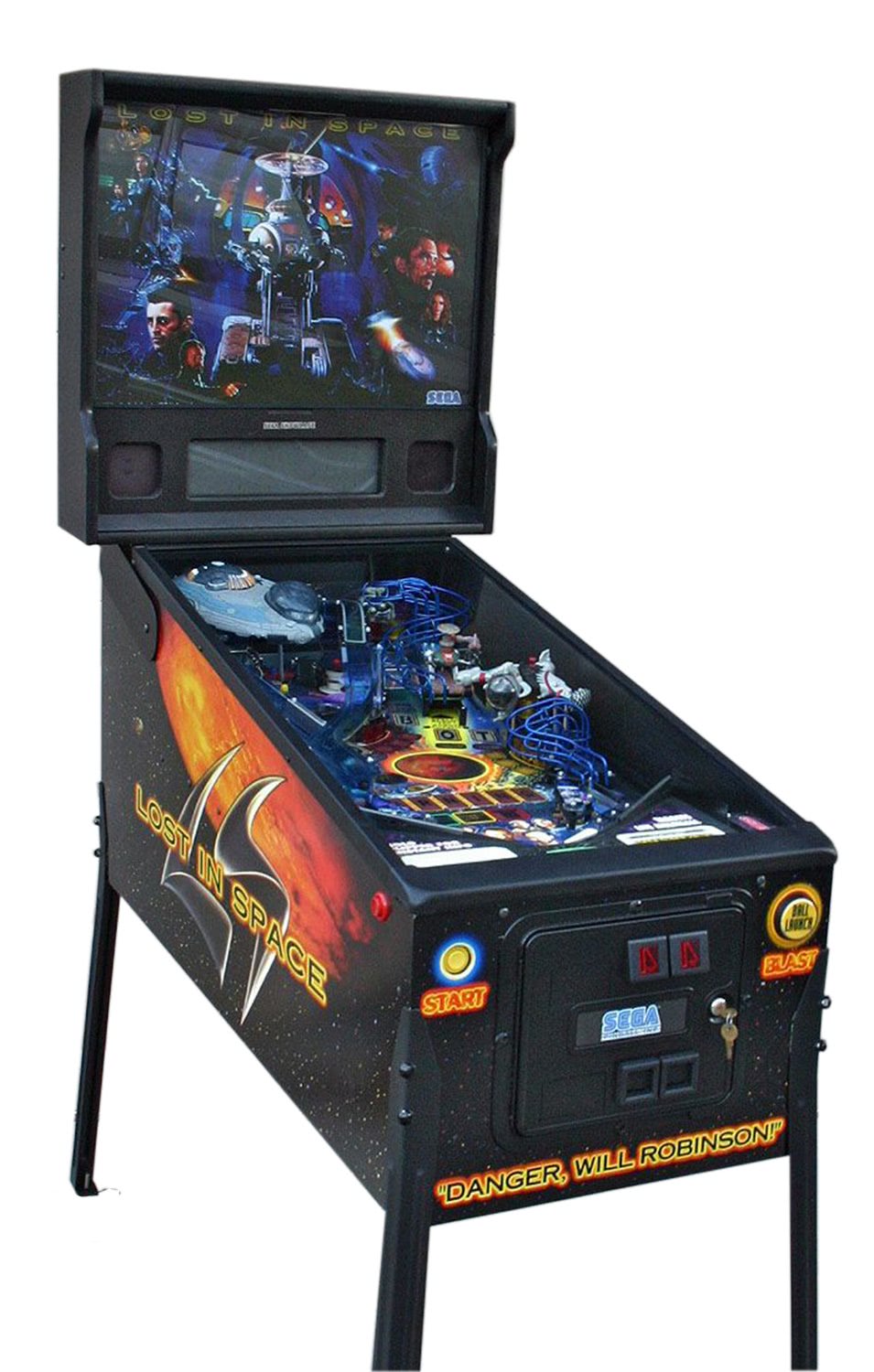

- #SPACE CADET 3D PINBALL MANUAL#
- #SPACE CADET 3D PINBALL FULL#
- #SPACE CADET 3D PINBALL CODE#
- #SPACE CADET 3D PINBALL WINDOWS#
Games are limited to 2 balls, or 3 if you watch an ad. Text comes up saying that you got an extra ball but you never get one. Whenever the game would normally award you an extra ball, you get nothing here. That being said, the game leaves much to be desired in some areas. It’s good to play when you’ve got a few minutes. The noises are the same, the layout of the board is the same, the game’s mechanics work similarly. I’ll start out by saying that of course it’s gonna be hard to measure up to the expectations that come with nostalgia. With all that being said, it’s obvious there are plenty of bugs in the game, but if you can get past them then you’ll really enjoy this classic game. For instance you could turn the music off and keep the sounds on in the original. We also lost quite a bit of the original settings here for some reason.

Points are not added instantly, for example when you hit a spinner the points don’t show up until the spinner is done moving. If you earn an extra ball from shooting the ramp to the right you never receive an extra ball. There are no initial shot bonuses like the original.

When you go into a telliporter a light used to blink three times signifying which port the ball was going to launch out of. The high score board only shows the highest score, the original showed 5-10 scores.
#SPACE CADET 3D PINBALL FULL#
You can get an extra ball to play a full game but it’ll cost you an add and about 30 seconds of your life. The game does not allow three balls per game, it only allows two.
#SPACE CADET 3D PINBALL WINDOWS#
and the decompiler has misinterpreted it as a longlong because of the access patterns (64bit pointers).I’ve got to admit I had some pretty high hopes for this game since I used to play it quite often on my Windows Millennium Edition PC, but this isn’t quite what you’d expect if you were looking for the identical game. So I think this might be part of an initialization function for some property on top of a object that exists at *param_1.
#SPACE CADET 3D PINBALL CODE#
The 0x2b part I'm not sure about myself but it looks like some other kind of similar checks.Īnd actually then thinking about the way it's calling it, i'm wondering if this is actually from some C++ standard library code for doing stuff with a vtable, looking up the vtable entry and checking it's validity before calling it (in this case, location 0x18, and checking some kind of RTTI at 0x28 and 0x2b) and storing that it's been initialized in 0x21. From my memory, the windows ABI uses the first two bytes of functions for installing hooks/debugging by patching the first two bytes into some kind of jump (while originally being nops). This particular one looks like it's taking a function pointer in and checking if it's a valid function (not null) and then checking the first two bytes of the function. The sibling comment covers it a bit more in detail, but it's largely just some guessing and as much an art to figuring out what the types are or could be. (disclosure: per the child post, my original assumption that OpenRCT2 was copied out of Hex-Rays was inaccurate, since it was originally written in assembler it didn't follow a standard C ABI and the decompiler wouldn't work properly anyway). For example, OpenRCT2 started as a repository full of manually created source with Hex-Rays names and slowly evolved module-by-module into readable source code.
#SPACE CADET 3D PINBALL MANUAL#
Highly manual process, for some files it's just pattern matching / renaming and goes really quickly, for others it's full reimplementation and a bit harder.Īnd, if you look at most "decompiled game" projects, I think this is the industry standard way to do this.

When I've done this in the past, it basically consists of:ġ) Decompile project using Ghidra/IDA, first pass.Ģ) Load symbols if present (sounds like there was a PDB for this one, which makes things a lot easier).ģ) Read decompilation/asm for unnamed subs and try to name them based on what they do.Ĥ) Export all decompiled source into an editor and start copy/paste/editing into readable source. I'm not aware of any good general-case automation for this.


 0 kommentar(er)
0 kommentar(er)
